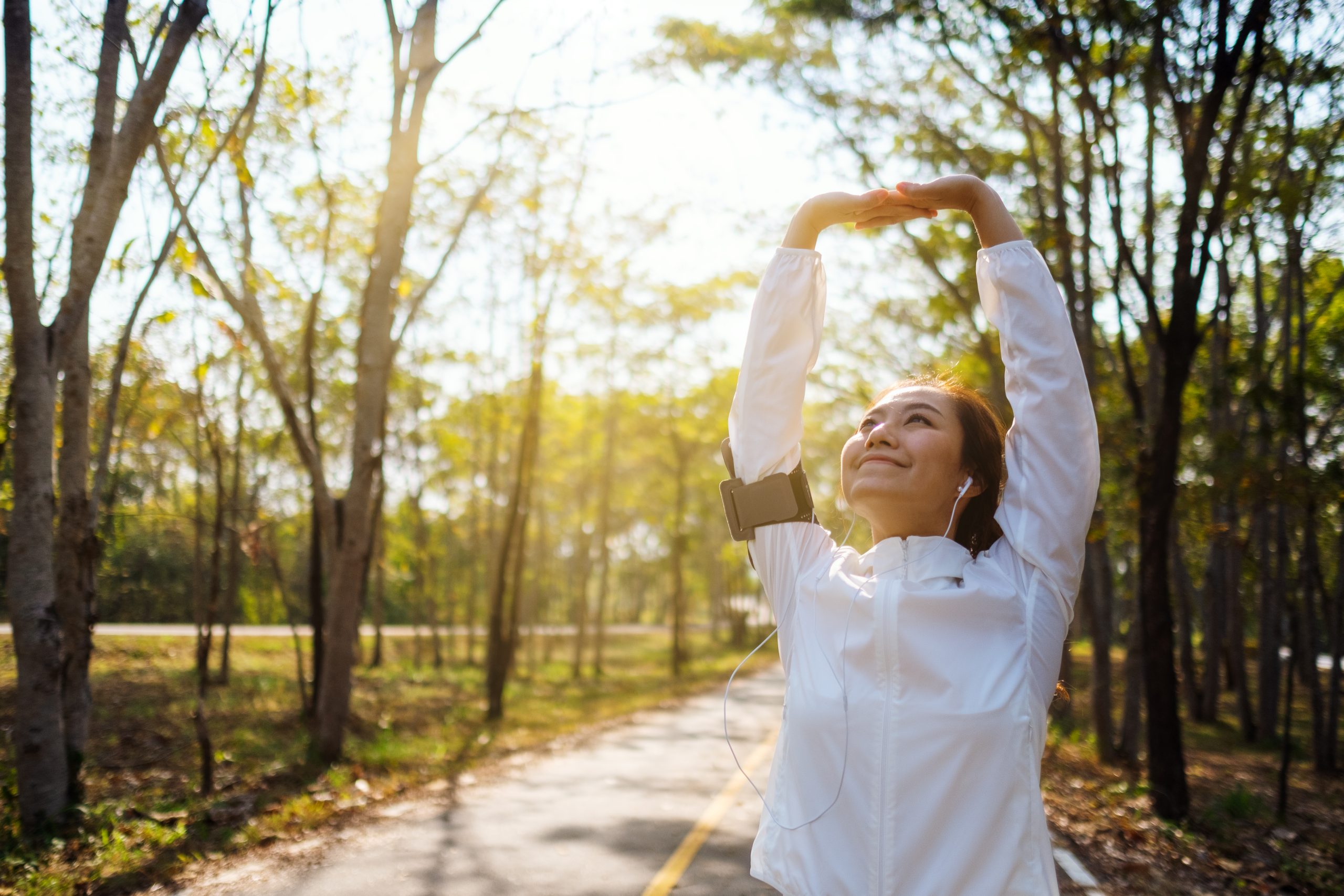
HPV is predominantly passed through sexual interactions; however, it can also be transmitted when skin is compromised and comes into direct sense with the virus. Theoretically, acquiring HPV from a hot spring is conceivable, but the probability is very low. The virus cannot withstand high temperatures and is deactivated in water reaching approximately 50–60°C (122–140°F) within about 40 minutes. Hot springs present a safer option compared to places like swimming pools. Nonetheless, infection can occur if, for instance, an individual with an open wound uses the hot spring immediately following someone with HPV, or if someone with a skin cut uses towels or personal items recently handled by an HPV carrier. People with weakened immune systems, including both the elderly and children, have a marginally increased risk; for example, many skin tags observed in older adults can be traced back to HPV.
Apart from HPV, instances have been reported where individuals acquired candidal vaginitis or bacterial vaginitis after soaking in hot springs. While this remains a possibility, medical professionals emphasize that the risk is relatively minor and often linked to reduced immunity, commonly seen in older individuals or those susceptible to infections. Most healthy people can enjoy the benefits of hot springs with minimal worry if they adhere to certain precautions. Firstly, opt for a well-regarded hot spring establishment that has transparent hygiene and sanitation protocols in place. Secondly, refrain from visiting if you’re feeling unwell or are immunocompromised; even with the HPV vaccine, full protection isn’t guaranteed. Thirdly, practice essential hygiene by rinsing thoroughly with body wash after and avoiding shared towels. Bringing personal toiletries might be wise if cleanliness is a concern. Lastly, a robust immune system—maintained with ample rest, a nutritious diet, and regular physical activity—further diminishes infection risks.
